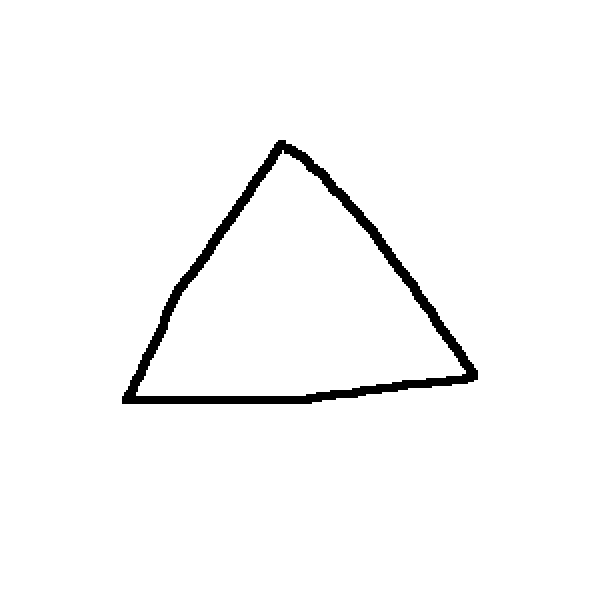
We were tasked with choosing a simple shape (circle, rectangle, triangle, etc) and turning it into a randomly generated object.
ATTEMPT 1:
I first chose square, then was randomly generated a washing machine. "Easy", I thought! The two are already so similar in form, I tried to animate some life into the animation by giving the "rumbling" of a washing machine - but I found the result quite boring. The shapes were too similar - retroactively, I realised it would have been more interesting if the shape changed more significantly during transition; for example, exaggerating the bounces and making the object less solid.
ATTEMPT 2:
I tried again, this time determined to choose a shape that was more interesting, and an object that was different in form to the shape. I chose a triangle, and got a book as my random generation. This was already more interesting, I had to be creative; a book is nothing like a triangle in form! As I thought about the book, I was reminded how paper folds; I imagined the triangle as a rectangle that had been folded diagonally, and could be unfolded to then resemble a rectangle, which could turn into the book. As I animated, I also realised the "fold" of the triangle could turn into the spine of the book.
THOUGHTS:
In short, I learned: don't play it safe or go for the obvious connection. It's more interesting, not only as a viewer, but also as a creator, to see a connection forming between seemingly unrelated objects, than two objects that are already very similar in form.
About This Work
By Natasha Vranic-Peters
Email Natasha Vranic-Peters
Published On: 16/03/2020

